If you are looking for a better alternative to your wood decking, you might prefer composite wood decking. This article gives you a quick look into composite decking to help your decision.
Meaning
Composite deckingmixes waste wood, recycled plastics, and bonding agents. It was developed in the 1990s by heating before mentioned mixture and forming board shape lengths, eventually cooling them. They look more modern than wood decking.

Advantages
The advantages of composite decking are as follows:
- They can be installed even when there is contact with water as they are moisture-resistant. They do not decay.
- It only takes a few hours of yearly cleaning, around three to four hours. You can sweep or wash them. It has a low maintenance cost.
- It is malleable. It could be torn, routed, and is ductile to fit any area.
- It offers the beauty of wood.
- It has high durability.
- It is resistant to insect damage, including rots, termite damage, warping, and splintering.
- It has a long life.
- Some can also absorb heat up to a certain extent.
- It does not splinter as it has its wood fibers in plastic encases. Thus, it is foot-sensitive.
Thus, composite decking is far more valuable and safe.
Things to take note of-
There are also some things you need to lookinto-
- They have a medium hardness. If the outer core of the decking gets damaged, there might arise serious problems like sagging and bending.
- It is heavier too.
- Usually, they get heated up. Their materials absorb and retain heat. Thus, making it harder to walk barefoot. And they take a long time to cool down.
- Due to high heat susceptibility. They are more prone to expansion and contraction. During this process of expand-contract, they might get damaged. They might split, peel or delaminate and might shrink and bend too. This will need an urgent replacement.
- Though they are insect resistant, they hardly can resist mold. Due to their wood composition, they might catch molds and eventually rot. Even capped wood composites can develop molds on the fourth unenclosed side.And fully encapsulated ones can develop molds through holes and rot the board from inside.
Thus, you now have a brief knowledge about composite decking.

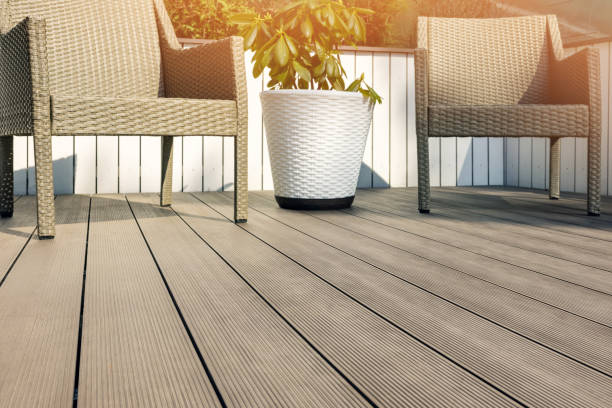
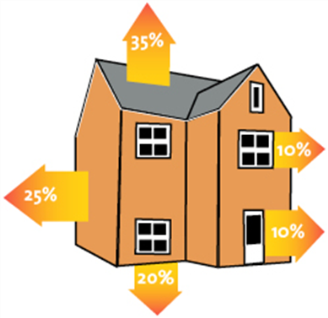

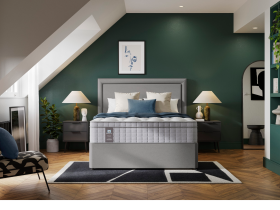
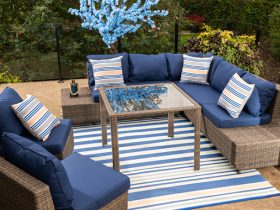
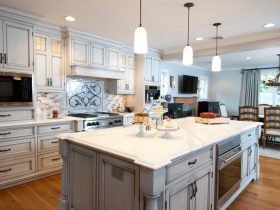



Find Us on Socials